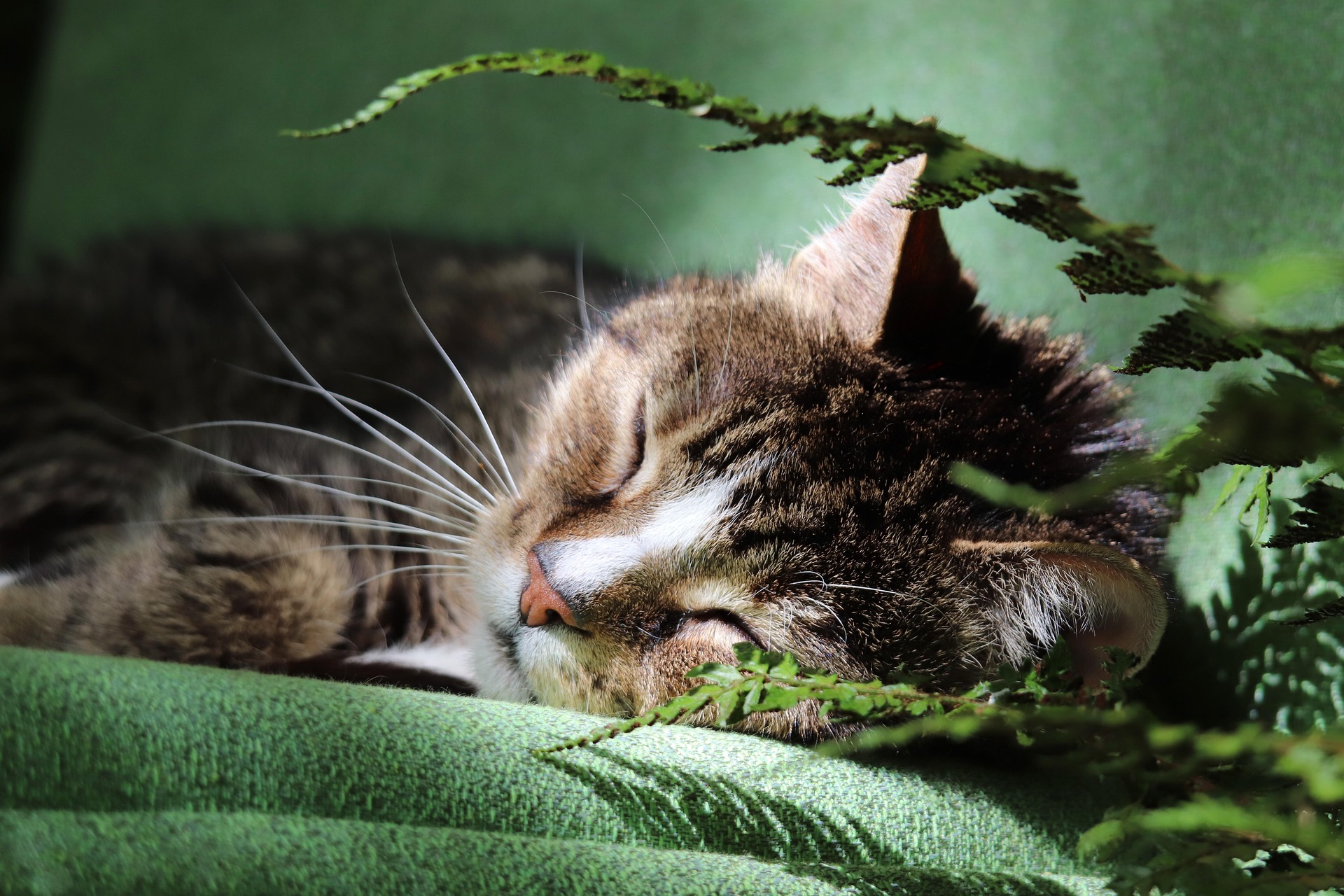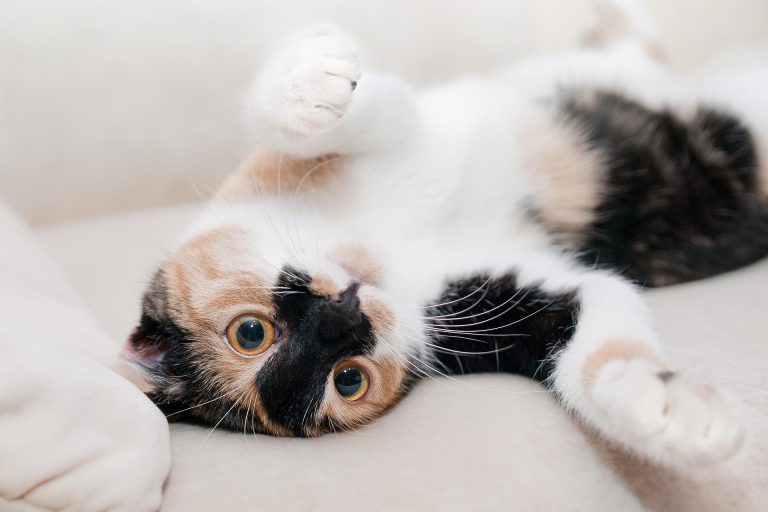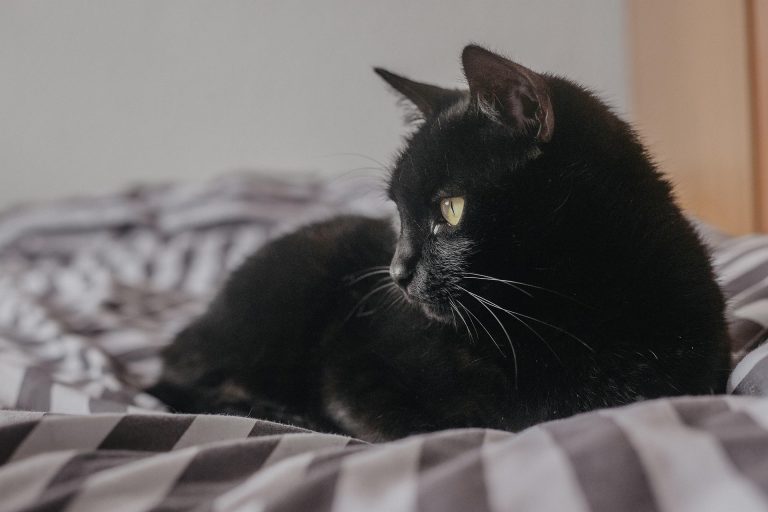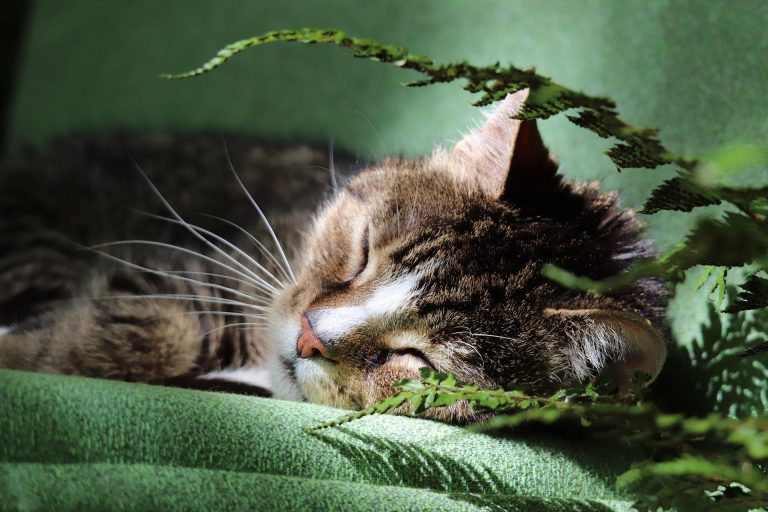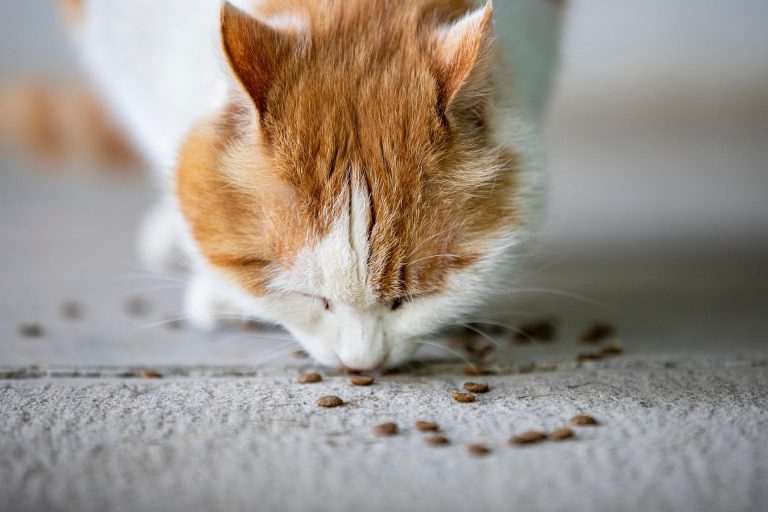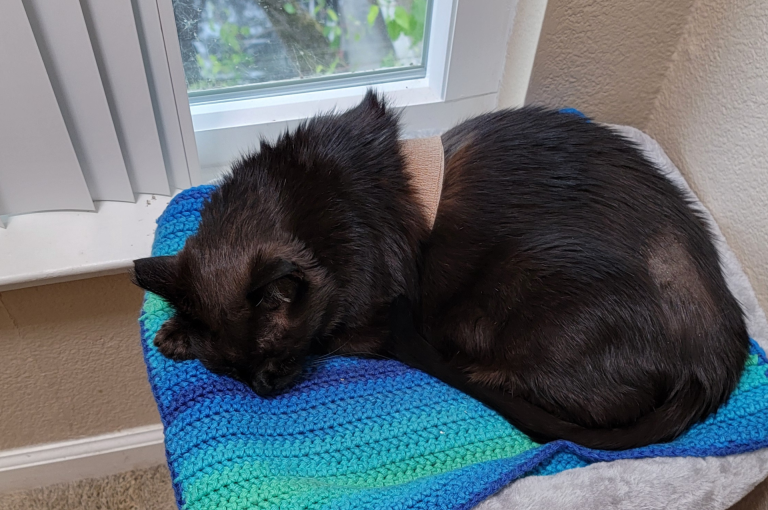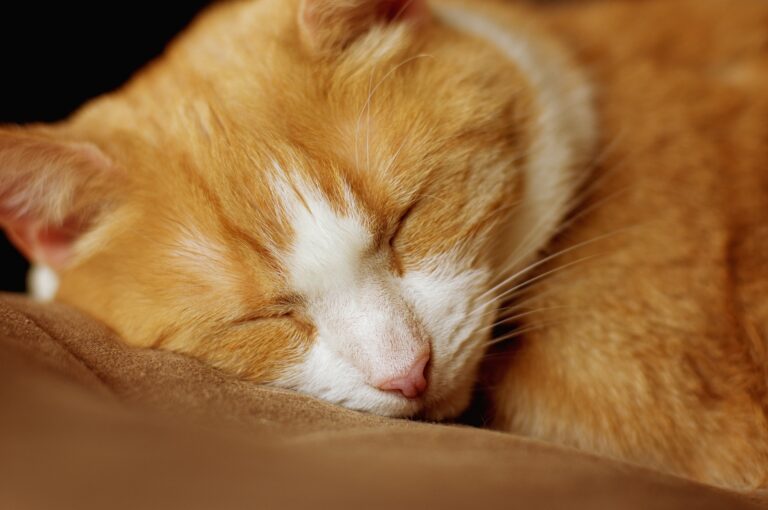Category: Feline Diabetes
Tags: Feline Diabetes, Diabetic Cat Care, Hypoglycemia, Low Blood Sugar, Home Testing
Always consult your veterinarian about your pet’s health and treatment plan. This site is owned and administered by volunteers, not medical professionals. We are not designed to take the place of your regular veterinary care.
Hypoglycemia—low blood sugar—is one of the most serious and time-sensitive situations a diabetic cat caregiver can face. But with the right knowledge, preparation, and tools, it’s something most caregivers can handle at home. This post is here to help you recognize the signs of a hypo, understand what causes it, and take quick, effective action if it ever happens.
What Is Hypoglycemia in Diabetic Cats?
Hypoglycemia occurs when there’s more insulin in the body than there is glucose to balance it out. That can lead to dangerously low blood sugar levels. Left untreated, it can cause neurological symptoms, seizures, coma, or even death. But caught early, it’s usually treatable with food and fast-acting sugar—and the earlier you catch it, the better the outcome.
In the feline diabetes world, hypoglycemia is also sometimes called an “insulin reaction” or “insulin shock.” Most often, it’s caused by too much insulin, a missed or reduced meal, a dose that wasn’t adjusted to a cat’s current needs, or a cat heading toward remission.
Always Check Before You Shoot
The single best defense against hypoglycemia is home testing. If you’re using a human glucometer, most caregivers treat anything under 50 mg/dL as a potential hypo. If you’re using an AlphaTrak meter, the thresholds can be higher—consult the specific manual for your device (AlphaTrak 2 or 3) for their low reading alerts. When in doubt, retest with a larger blood sample and treat based on the direction the numbers are heading, not just the raw number alone.
What Are the Signs of Low Blood Sugar?
Cats don’t always show symptoms—and that’s why testing is so important. But when they do, symptoms are often broken into three categories:
Mild Hypoglycemia
- Sudden hunger
- Shivering
- Weakness or unusual lethargy
Moderate Hypoglycemia
- Disorientation or walking like they’re drunk
- Poor coordination, vision issues (bumping into furniture)
- Behavioral changes: agitation, meowing, clinginess, or even aggression
- Head tilts, odd neck posture, circling, or restlessness
Severe Hypoglycemia
- Seizures
- Collapse
- Loss of consciousness
Even if symptoms seem mild, always act quickly—a cat can go from “wobbly” to seizing in minutes.
How to Treat Hypoglycemia at Home
Your first priority is getting sugar into the system, then keeping it up with food until levels stabilize. Here’s a breakdown based on severity:
- Low Numbers, No Symptoms (40–60 mg/dL)
- Re-test to confirm using a solid blood sample
- Offer food or treats
- If the cat won’t eat, rub a small amount of Karo syrup, honey, or maple syrup on the gums
- Re-test every 20–30 minutes until levels are safe and stable
- Very Low Numbers (<40 mg/dL)
- Re-test immediately
- Give 1 tsp of syrup or honey on the gums or mixed into food
- Follow with food—even if you have to syringe feed
- Monitor closely and continue testing frequently
- Be ready to repeat syrup + food as needed
- Low Numbers with Mild to Moderate Symptoms
- Treat as above, but escalate quickly
- If cat can’t or won’t eat, rub syrup into gums or cheeks
- You may use high-carb canned food (e.g., Fancy Feast Gravy Lovers) to help stabilize
- Keep testing every 15–20 minutes until the cat is out of danger
- Severe Symptoms (Seizures or Collapse)
- DO NOT squirt liquid in the mouth during a seizure—it’s a choking risk
- Instead, rub syrup on the gums or—if unconscious—administer rectally using a syringe
- Get to an emergency vet immediately
Here’s a forum post with more details on Hypo Symptoms & Treatment.
After a Hypo: What to Do Next
After a hypoglycemic episode, your cat may be more sensitive to insulin, and continuing the same dose could lead to another crash. In many cases, you’ll skip the next shot altogether. Always consult your vet—or experienced community members—before resuming normal dosing. Document the incident, including the suspected cause, symptoms, BG numbers, what you gave, and how your cat responded.
What to Keep in Your Hypo Toolkit
Emergencies are not the time to be scrambling for supplies. Every diabetic cat caregiver should have a “Hypo Kit” stocked and ready to go:
- Karo syrup, honey, or glucose gel
- A few cans of high-carb wet food (18%+ carbs, like Fancy Feast Gravy)
- High-carb dry food for backup
- Needleless oral syringe for feeding or rectal administration
- A copy of hypo instructions, printed and visible
- Plenty of extra test strips (you’ll use many during a hypo)
- Backup glucometer
- Your vet and emergency clinic’s number, directions, and hours
- A written reminder: “Breathe. You’ve got this.”
Store everything in one place—many caregivers use a labeled cabinet or drawer with instructions taped inside.
More information on the Hypo Toolkit.
Don’t Wait to Learn the Hard Way
The time to prepare for a hypo is before it happens. If you’re new to feline diabetes, go ahead and make your kit. Print out these steps. Tape your emergency vet’s number near your meter. And most of all, never hesitate to treat. Syrup won’t hurt a cat who doesn’t need it—but failing to act fast enough can be devastating.
And yes—once the crisis has passed, you absolutely deserve that chocolate bar.
Register on the Forum in Advance
If your cat ever has a hypoglycemic episode, time matters—and so does support. In those stressful moments, it’s a huge relief to have people who understand what you’re going through, who can help you think clearly, and who’ve been there before.
That’s exactly what our forum offers.
We have experienced caregivers online around the clock—many of whom have handled dozens (if not hundreds) of hypos. If you’re scared, unsure, or just need fast reassurance that you’re doing the right thing, posting on the forum can make all the difference.
Even if everything is going smoothly now, we strongly encourage you to create your forum account ahead of time. That way, if something ever goes wrong—even in the middle of the night—you’re already set up and can get help fast.
Our free Feline Diabetes Management (FDMB) forum can be found here.

